cici
    
发贴: 1589

|
 2001-09-06 21:23 2001-09-06 21:23 
      
设计的说明
Personal Aesthetic Principles:
- Architecture as Art:
It is in respect of architecture as an art form, that I begin to define a series of principles, or criterion, by which works of architecture can be defined. When considering art, we are forced to define that which we believe to be “art”. Is it simply the items we find on display inside a museum, or is it possibly more? It is said that any thing that is created by the hand of another is to be considered art, but it is important to note that art comes from the process and state of the artist. Art occurs when there is a passion for, immersion in, reflection of, and will towards the intention. Architecture is about creating spaces for humans, therefore our intention should be directed at others. When moving from the outside to the inside, or from room to room, we are passing between two spaces, yet these are connected by the space through which we pass. It is this space that seems to tie a building together and space cannot be conceived of without form, therefore the two cannot be separated. Ultimately, if space is that which ties a building together, then form must also. Form is then to be considered an integrated part of the conception of a building, but not removed from all that leads to it. This quality of buildings is sublime in nature, for it leads to potentially spiritual, perhaps transcendental, states of mind and must always be considered. Therefore the design of a building must be thought of as an art form or it will suffer in the realm of individual character and without this character, there can be no cultural benefit from its creation. The building must have identity, originality, and innovation.
- “Speaks” its Purpose:
Architecture is always created for some specific purpose and it is purpose that fuels an idea. It is important that architecture be able to communicate to its occupants what its purpose is. Not necessarily in such a literal way but perhaps in a way that communicates to our basic thoughts. Communicate is the key word here. It is important that the architecture speak to us. If it can speak to us, and we are willing to listen, then there is much to be learned from the building itself. Each building has a character of its own, unfortunately more times than not, most building characters are underdeveloped and repetitious in nature due to repetitious designs. There are inherent qualities that accompany any particular program, and therefore it should be possible to enlist those qualities in the design of the building. A building can begin to actually speak its purpose. It can be a metaphor. In the Vitra Fire Station, by Zaha Hadid, the building captures the rushing movements of firefighters springing into action with the long and jagged lines of the building. The static nature of the built form only heightens the tense, and poised for duty nature of the men and machines contained within, awaiting their next job. It is this ability that a building can have to be more than just some volume to occupy, that is key to the design of wonderful architecture.
- Function – Does it Perform?:
An obvious criteria, but sometimes overlooked. The issue of function is often looked at in an uneventful manner. In other words, most seem to be taken straight out of Architectural Graphic Standards, or some other end all, be all of architectural reference books. Unfortunately though, there is more to function, than simply “does it work?” Does it work well, and does it actually enhance the functional quality of said work by improving upon standards already in use? To turn the attention back to the previous criteria, function also relates directly to its purpose, therefore it is important to again note that a building can also communicate its function through its architecture.?????
- Responsive to Site:
No building simply hovers above a site with zero interaction with the land. There is constantly a connection between the land and the built forms that we build upon it. The term architecture as we define it today, does not simply stop with the outermost walls of a project and cease to exist in the outside world. The built environment is just that, built, and we as designers cannot forget that even the way in which the land interacts with the building is just as much architecture as it is to draw a window detail. There are many aspects of site that must be considered when designing. Not only is the actual ground itself important but there are things such as existing structures and context to deal with. Items like environment, weather and even population influences are always variables that effect the architecture of a particular project. There are also other variables relating to the application of site response. Variables such as harmony with the site, where the form has little impact and tends to blend with the site, reactionary to the site, where the form is controlled and manipulated by the flow, rise, fall, etc. of the site, and a contextual connection to the site which searches for a somewhat deeper meaning to what the idea of place is. It is important that the designer look out side of the immediate boundaries of the site and begin to refer to certain information that can enhance a design’s connection to place, such as views, landmarks, grids, sun and other weather patterns, and numerous others.
- Enhancement of Experience through Reinforcement:
When a work of architecture is conceived, there are certain aspect of the design that must be considered in order for it to be successful. The topic has been touched upon briefly in previous paragraphs, but the concept of essence is the main body of this principle. Within particular programmatic and functional ideas, there exists an idea that there is more to that requirement than what is on the surface. It is sometimes appropriate to ask the question, what is the function of the building, and what exactly does it mean to perform that function? There are basic ideas that appeal to our subconscience minds. These basic, elemental attributes are key to making our experience of a building better. It is possible for a design to recall that which comes with the required program, the particular lines and patterns, moods and feelings, the essence, and somehow emphasize them, therefore reinforcing the idea. There is a focus, a heightened sense of being. It is through this reinforcement that the experience of the building becomes more memorable and potentially better than if the design had been pursued with out considering these variables.
- Architecture as Experience:
And finally, the end to this discussion on design principles comes with the consummation of my opinion of architecture as experience. We as human beings are moldable, organic beings in a static, constructed world. We react to the built environment because we have to. If there is no opening in a wall, we do not pass or see, if we do not pass or see then we must find another way to do so. Immediately in this situation, a built thing has controlled some aspect of our lives. We just had an experience. Albeit a rather uneventful one, but nonetheless an experience. Architecture can enhance and make these experiences more fruitful, in terms of meaning and enlightenment of a situation. It is important that this experiential capability of architecture be recognized as the embers that fuel the fire of aesthetics. When we walk away from something we have just interacted with, we usually have a reaction to that thing. Our reaction is based on the combination of experiences into one large experience. To quote myself from a reaction I wrote to John Dewey, “ ‘…an experience has a unity…the existence of this unity is constituted by a single quality that pervades the entire experience in spite of the variation of its constituent parts.’ (Dewey, A.A.E., 37) What Dewey is saying is that an experience is just that, an experience, because it is composed of many elements that all come together by a link through an underlying theme. It is this theme that links all the elements together while at the same time strengthening each one. ‘…flow gives a definiteness and interest to its successive portions…as one part leads into another and as one part carries on what went before, each gains distinctness in itself…there are pauses, places of rest that punctuate and define the quality of movement.’ (Dewey, A.A.E., 36) According to Dewey, this leads to the consummation, the end of an experience, which in turn makes it an experience.” This experience is an event to be had, consider it a gift to any that pass.
|













 2001-09-06 19:54
2001-09-06 19:54 






 2001-09-06 19:58
2001-09-06 19:58 




 2001-09-06 20:00
2001-09-06 20:00 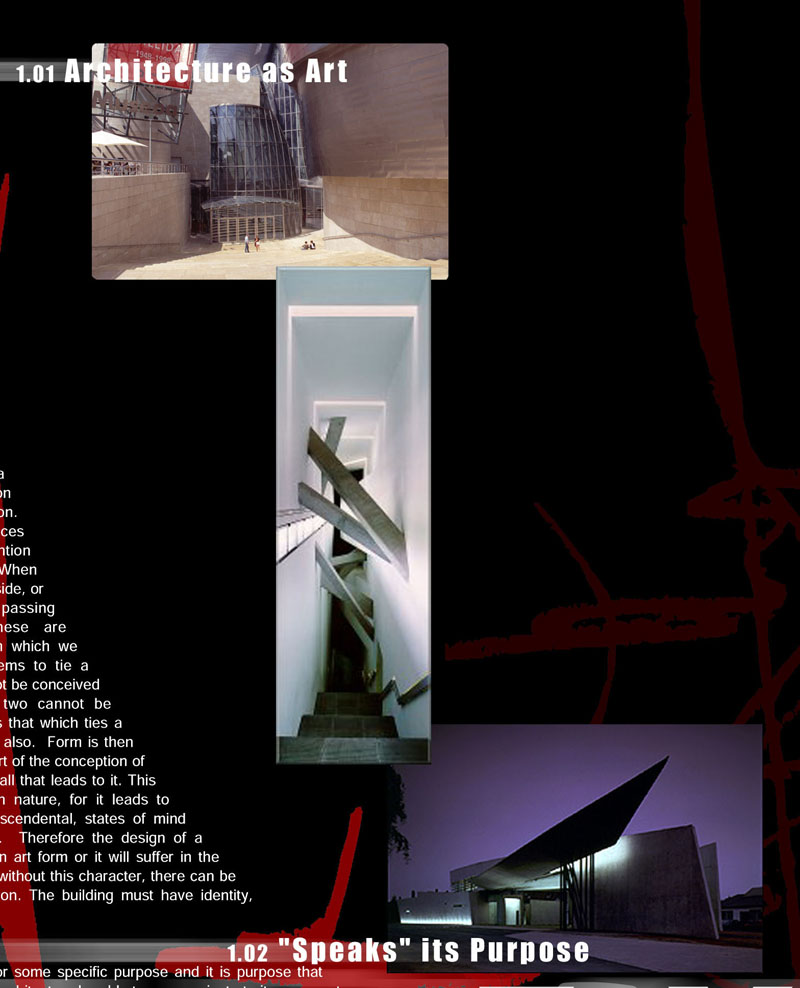





 2001-09-06 20:15
2001-09-06 20:15 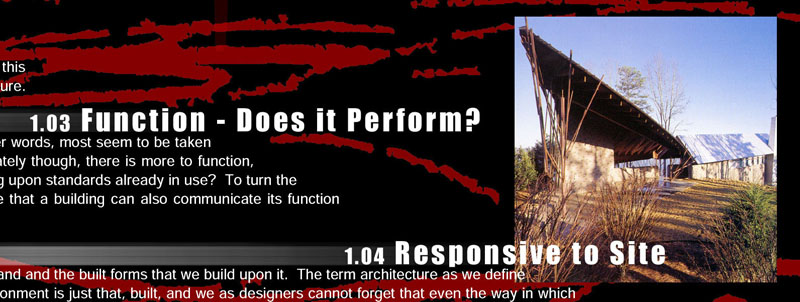





 2001-09-06 20:17
2001-09-06 20:17 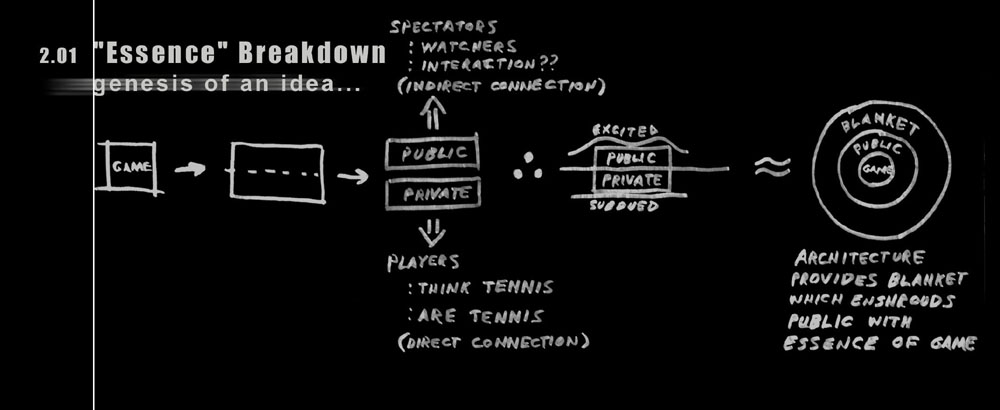





 2001-09-06 20:25
2001-09-06 20:25 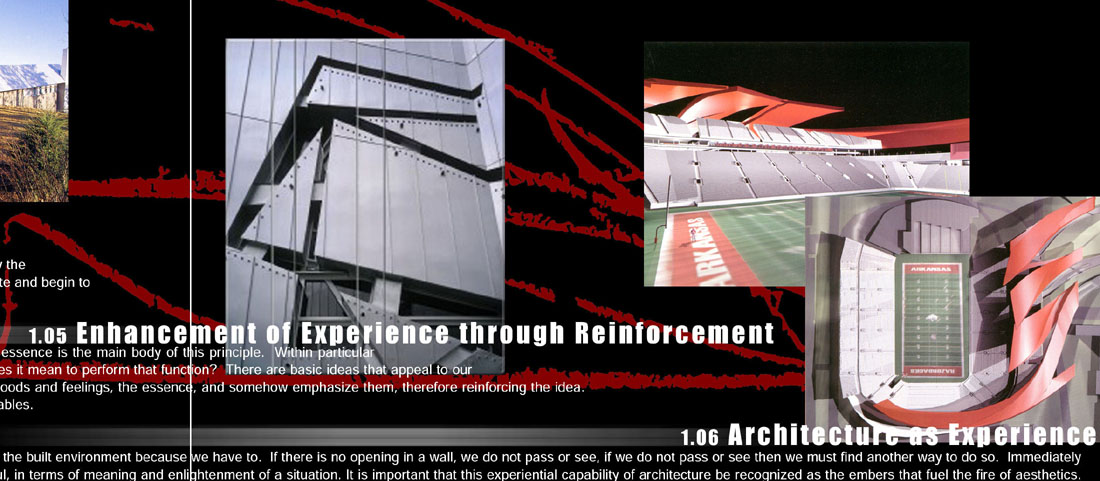





 2001-09-06 20:30
2001-09-06 20:30 




 2001-09-06 20:32
2001-09-06 20:32 





 2001-09-06 20:34
2001-09-06 20:34 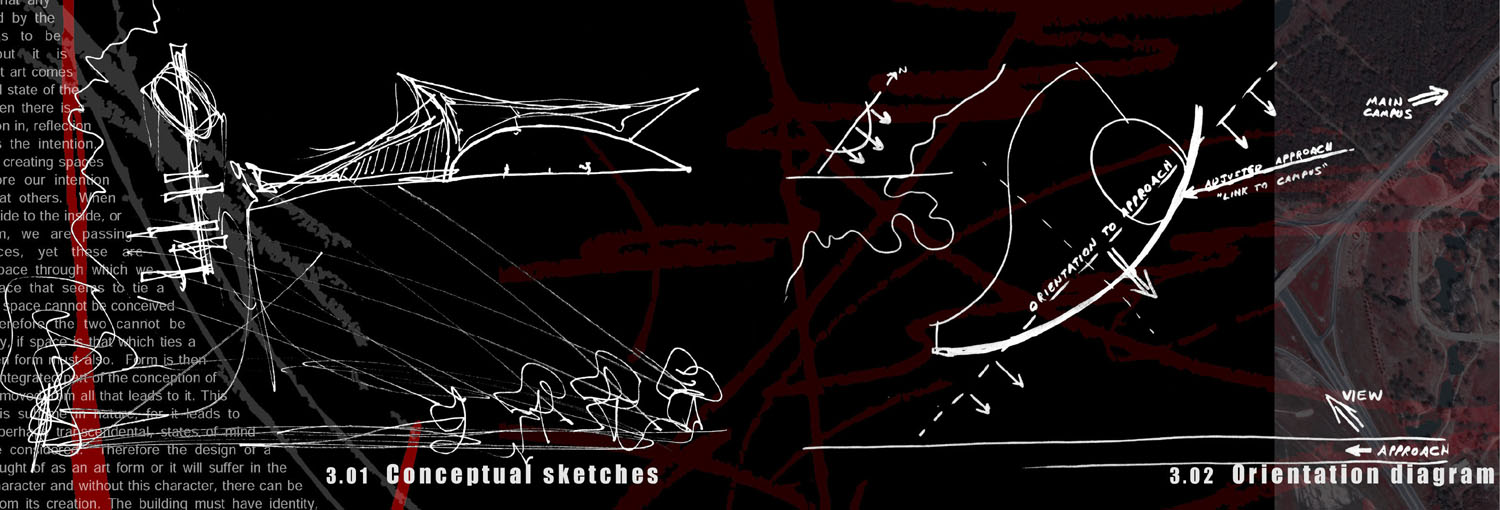





 2001-09-06 20:39
2001-09-06 20:39 





 2001-09-06 20:49
2001-09-06 20:49 





 2001-09-06 20:52
2001-09-06 20:52 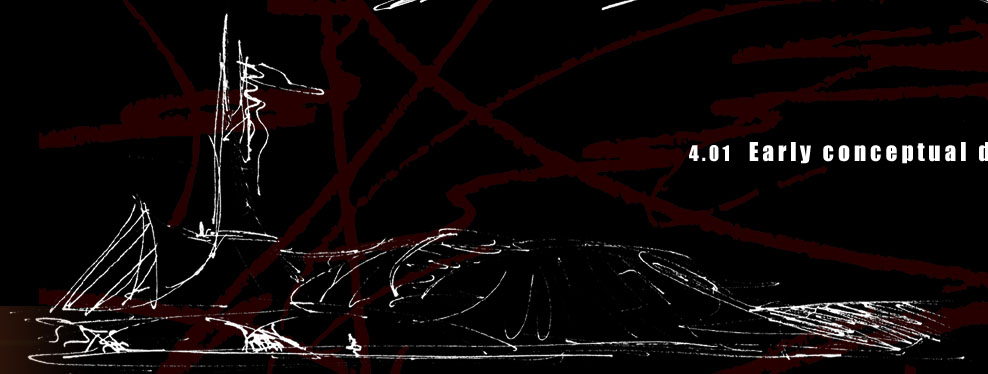





 2001-09-06 20:56
2001-09-06 20:56 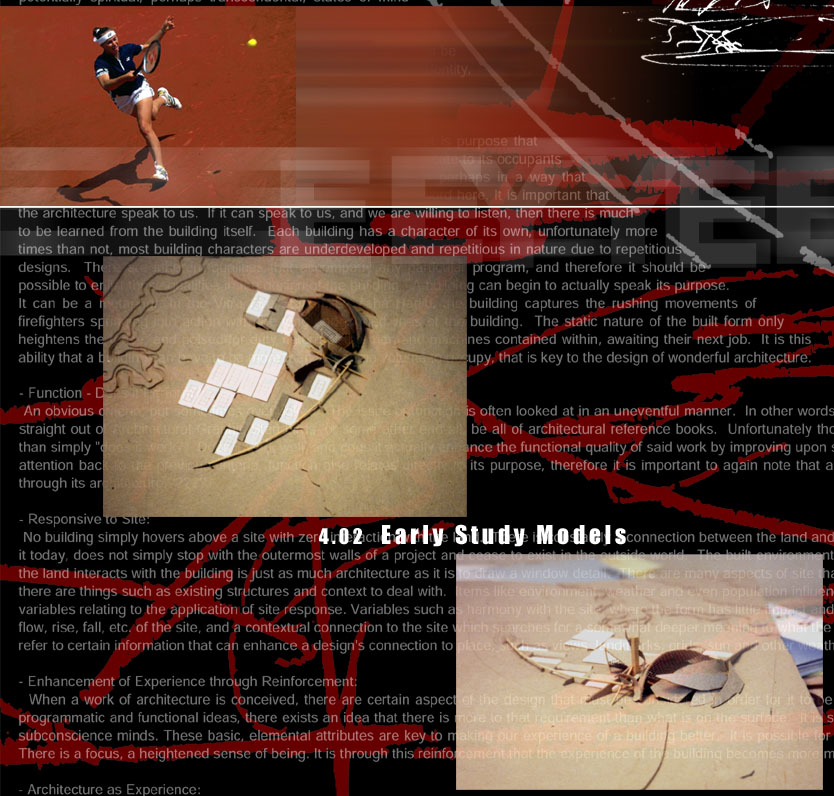





 2001-09-06 20:59
2001-09-06 20:59 
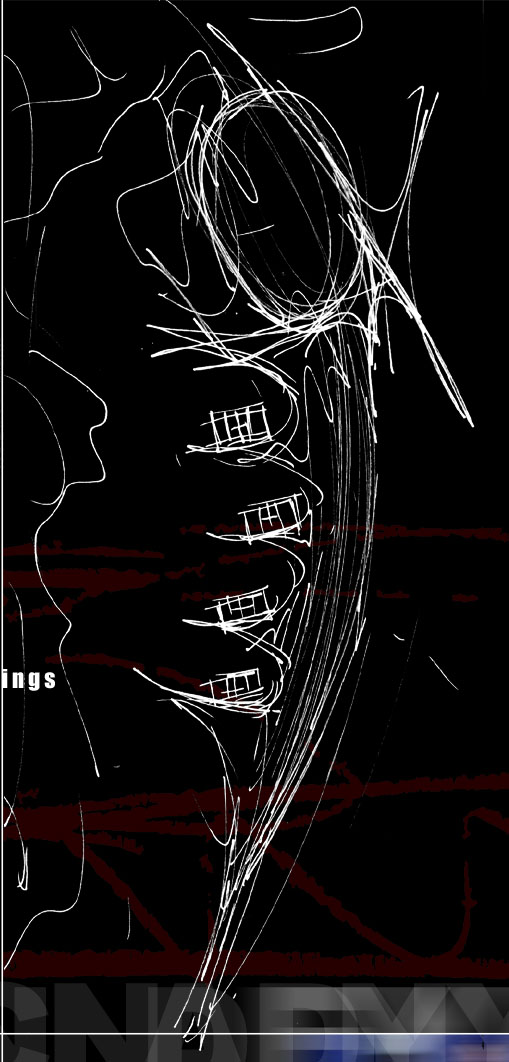





 2001-09-06 21:00
2001-09-06 21:00 





 2001-09-06 21:03
2001-09-06 21:03 





 2001-09-06 21:05
2001-09-06 21:05 




 2001-09-06 21:07
2001-09-06 21:07 





 2001-09-06 21:08
2001-09-06 21:08 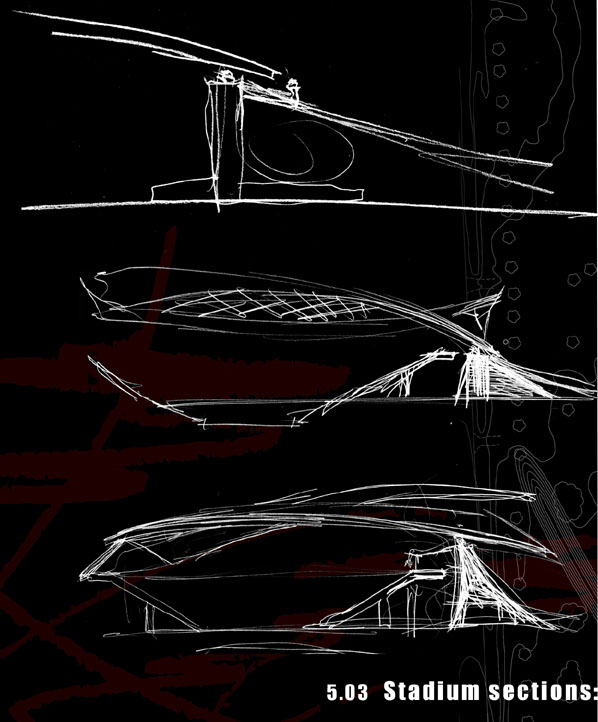





 2001-09-06 21:10
2001-09-06 21:10 





 2001-09-06 21:12
2001-09-06 21:12 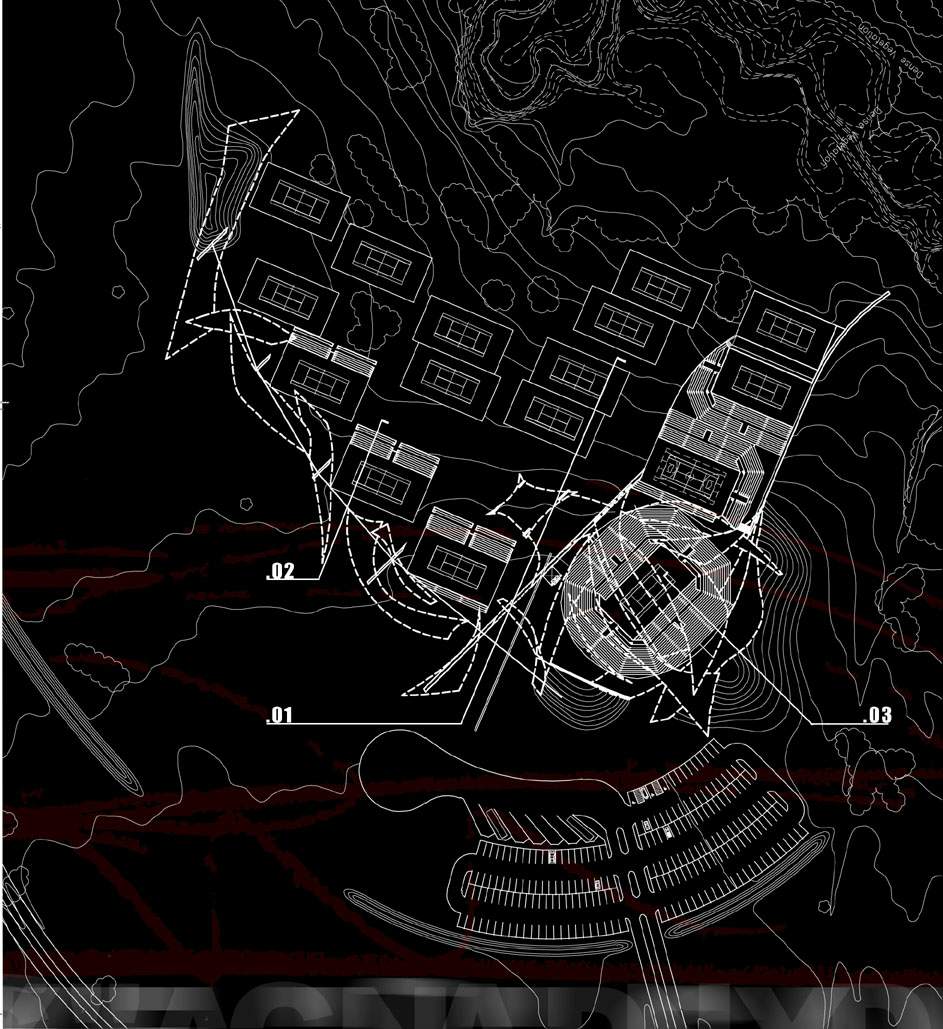





 2001-09-06 21:14
2001-09-06 21:14 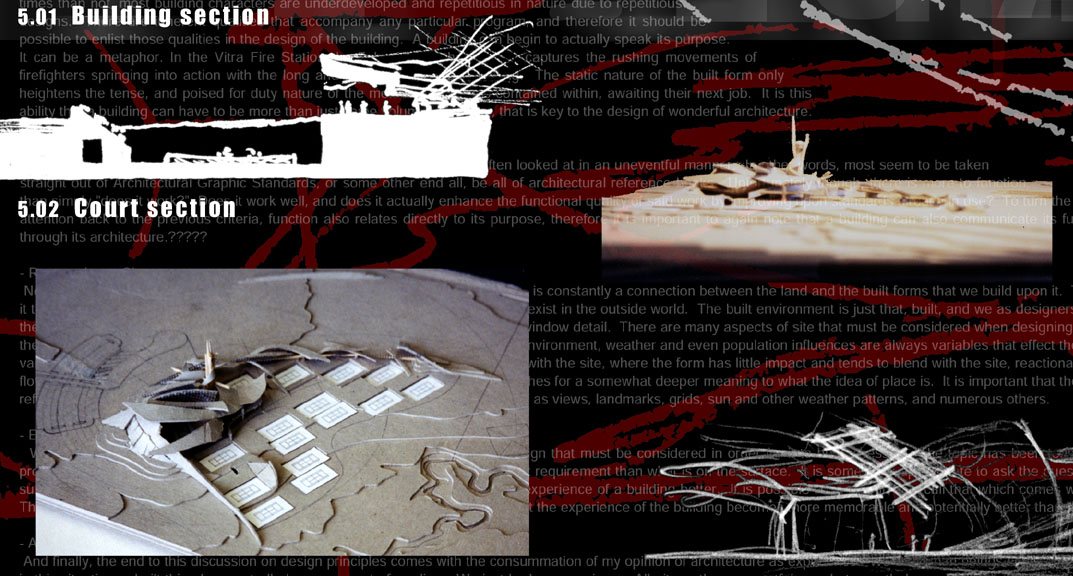





 2001-09-06 21:17
2001-09-06 21:17 

 已读帖子
已读帖子 新的帖子
新的帖子 被删帖子
被删帖子





